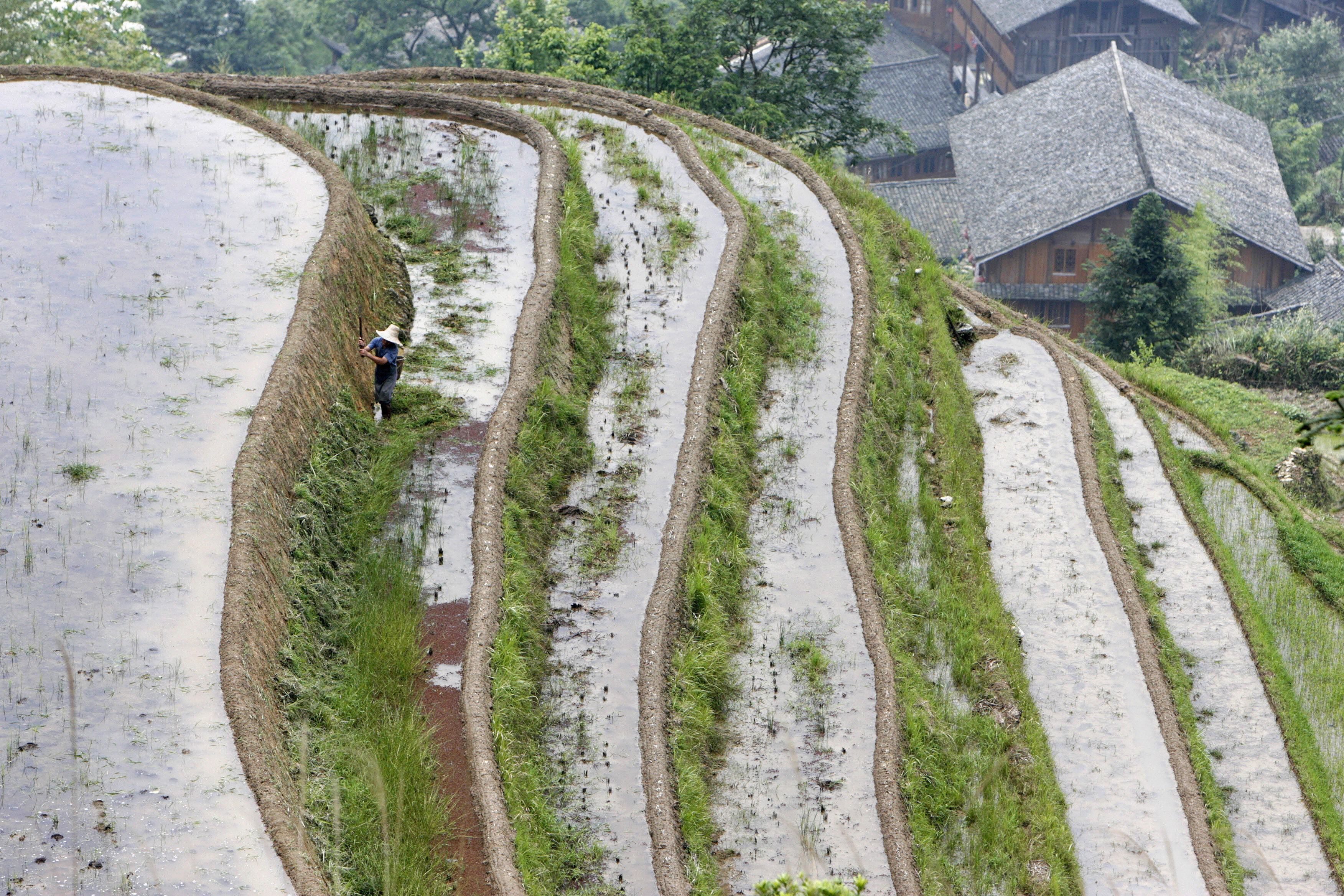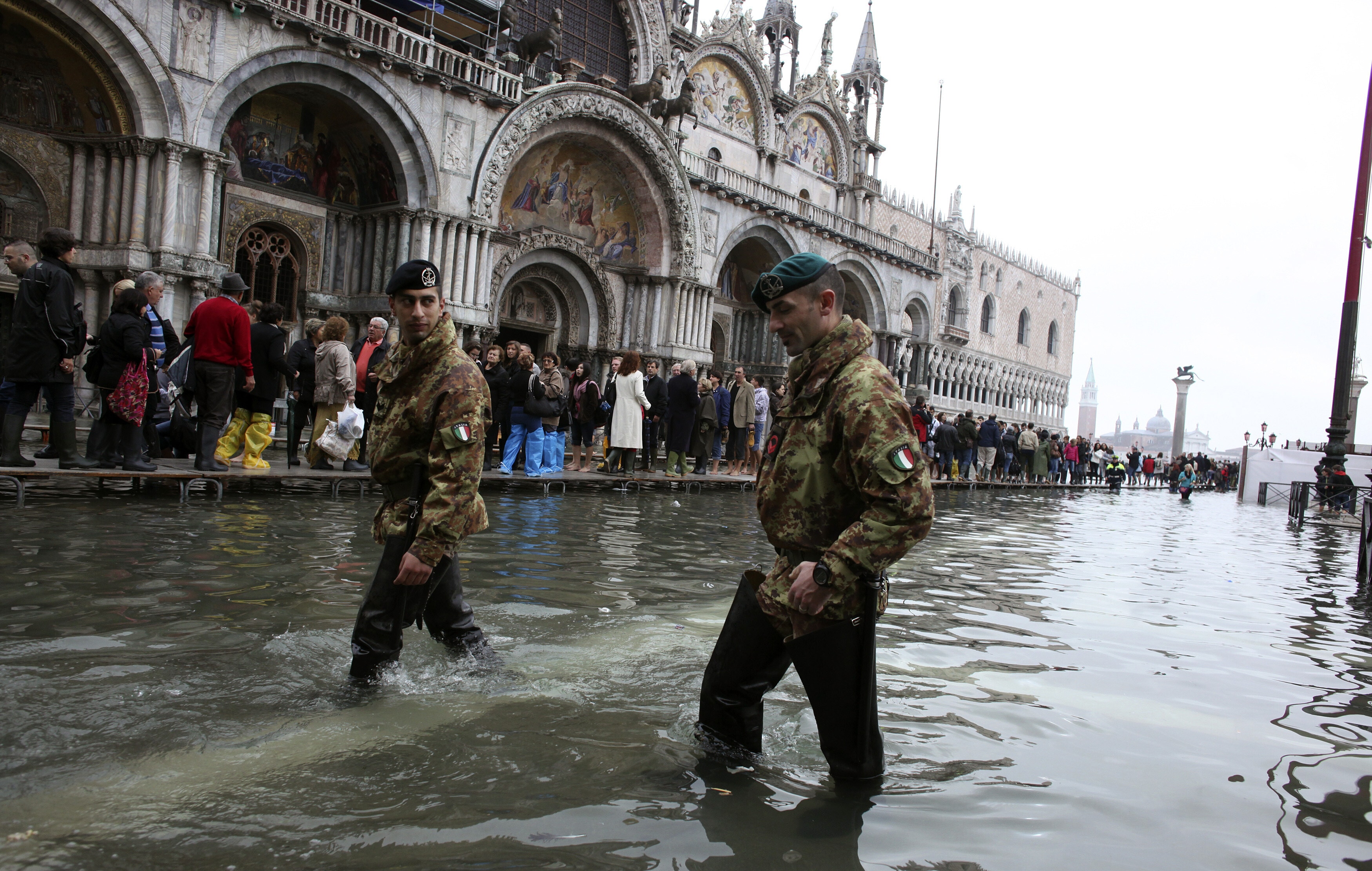Spruce trees have arrived in the Arctic a century earlier than expected. Here's why

Young white spruce trees are growing in the Arctic tundra over a century earlier than expected.
Image: Unsplash/Joel Cross
Clarisa Diaz
Multimedia Reporter, QuartzStay up to date:
Arctic
- Young white spruce trees are now growing in the Arctic tundra a century earlier than expected, a new study shows.
- Researchers found the tree species expanding north into areas where cold temperatures previously limited vegetation to low shrubs and lichen.
- The Arctic is warming up four times faster than the rest of the world, transforming ecosystems and releasing and redistributing carbon.
- The findings help scientists understand how trees are adapting to climate change.
As climate change decimates forests in places like Europe and the American west, boreal trees are moving into the Arctic.
Young white spruce are now growing in the tundra, where climate scientists did not expect them to be for another hundred years or more, according to a new study conducted in Alaska.
The paper, published in Nature, found the tree species, which normally grows in the middle of Alaska, is expanding north into areas where cold temperatures previously limited vegetation to low shrubs and lichen.
Its authors, researchers from Alaska Pacific University, University of Alaska Anchorage, Amherst College, and Northern Arizona University, estimate the spruce are gaining around 4km per decade, faster than any documented high-latitude population of conifers.
The findings underscore new research that shows scientists underestimated the speed at which the Arctic is melting. It is warming up four times faster than the rest of the world, transforming ecosystems, upending migratory patterns of animals, releasing and redistributing carbon—and creating the environmental conditions for conifers to grow.
All of this will have global implications.
How is the World Economic Forum fighting the climate crisis?
Migrating forests exacerbate the effects of climate change
More trees in the tundra mean less sunlight reflected off the ground and absorbed by vegetation instead, leading to further melting of Arctic ice.
Boreal conifers can jump from location to location, and traveled over mountains into the tundra, according to Roman Dial, the lead author of the study.
It’s possible tree seedlings have taken root in other remote, inaccessible areas of the tundra that scientists have not yet discovered, the authors said. Young trees are hard to detect even with satellites. The scientists first discovered the spruce trees in 2019 during a field study.
Because little is understood about how trees are adapting to climate change, discoveries like these are invaluable, helping scientists learn how to protect and reproduce species at risk now or in the future.
Accept our marketing cookies to access this content.
These cookies are currently disabled in your browser.
Don't miss any update on this topic
Create a free account and access your personalized content collection with our latest publications and analyses.
License and Republishing
World Economic Forum articles may be republished in accordance with the Creative Commons Attribution-NonCommercial-NoDerivatives 4.0 International Public License, and in accordance with our Terms of Use.
The views expressed in this article are those of the author alone and not the World Economic Forum.
Forum Stories newsletter
Bringing you weekly curated insights and analysis on the global issues that matter.
More on Climate ActionSee all
Hu Xiangdong and Felipe Carazo
August 1, 2025
Kate Whiting
July 31, 2025
Florian Krampe
July 31, 2025
Andrea Willige
July 30, 2025
Tom Crowfoot
July 30, 2025





